
NASA sets sights on a next-generation Mars helicopter to return Red Planet samples
The basic design of a Mars helicopter is backed up by the dozens of flights NASA's Ingenuity has made.
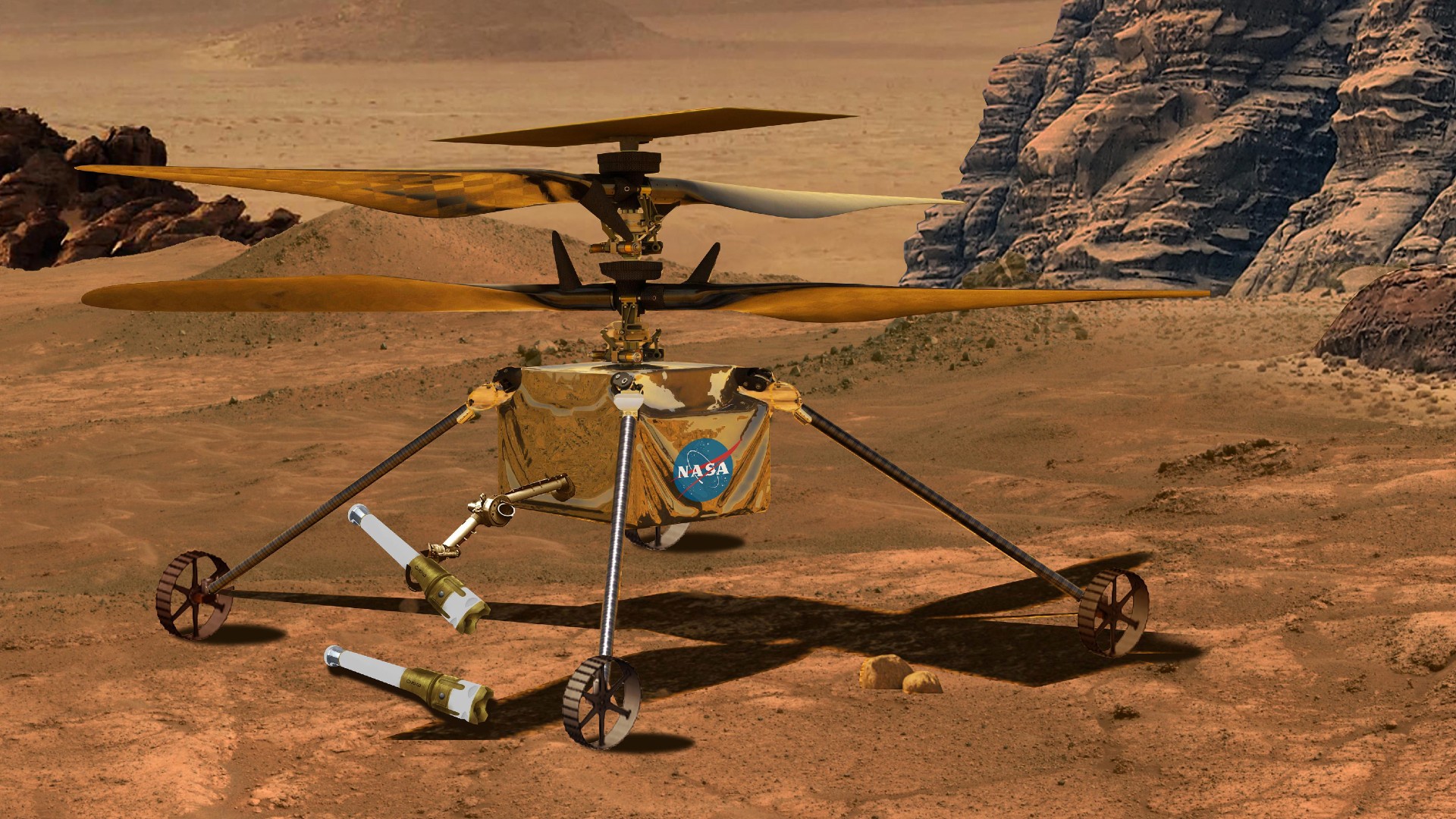
BRECKENRIDGE, Colorado - Work is now underway to design a new NASA Mars helicopter.
Thanks to the nearly 50 flights across the Jezero Crater landscape conducted by the Ingenuity Mars helicopter, much has been learned to help soup-up a future rotorcraft for the Red Planet, and there are plenty of add-ons that will be included in the next aerial vehicle that will buzz above the surface of Mars.
NASA's Perseverance rover has already dropped sample tubes in a special pick-up zone on Mars' topside. NASA and the European Space Agency are presently blueprinting a joint Mars Sample Return campaign that will gather samples of Martian rocks and regolith and return them to Earth. The campaign includes two Mars Sample Recovery Helicopters that will retrieve pre-filled sample tubes and deliver them to a rocket-in-waiting that will then vault those specimens into Mars orbit.
Related: How NASA will launch Mars samples off the Red Planet
Aerial system
Håvard Fjær Grip is chief engineer of autonomy and aerial flight at the NASA Jet Propulsion Laboratory, the lab behind the revolutionary Ingenuity Mars craft. Work is underway on a new Ingenuity-like aerial system for Mars Sample Return, Grip reported, here at a recent gathering of the Rocky Mountain Section of the American Astronautical Society (AAS) Guidance, Navigation and Control Conference.
Grip outlined plans for how Ingenuity's guidance, navigation, and control system would be adapted and extended for the planned Mars Sample Recovery Helicopters. Ingenuity's design forms the core of the new system, he said, but updates are needed to support the sample recovery concept of operations, primarily in the guidance and navigation domains.
At present, details about a new robotic whirlybird for Mars are conceptual, Grip emphasized, with "details continuing to evolve over the next several years, as the design matures."
Get the Space.com Newsletter
Breaking space news, the latest updates on rocket launches, skywatching events and more!
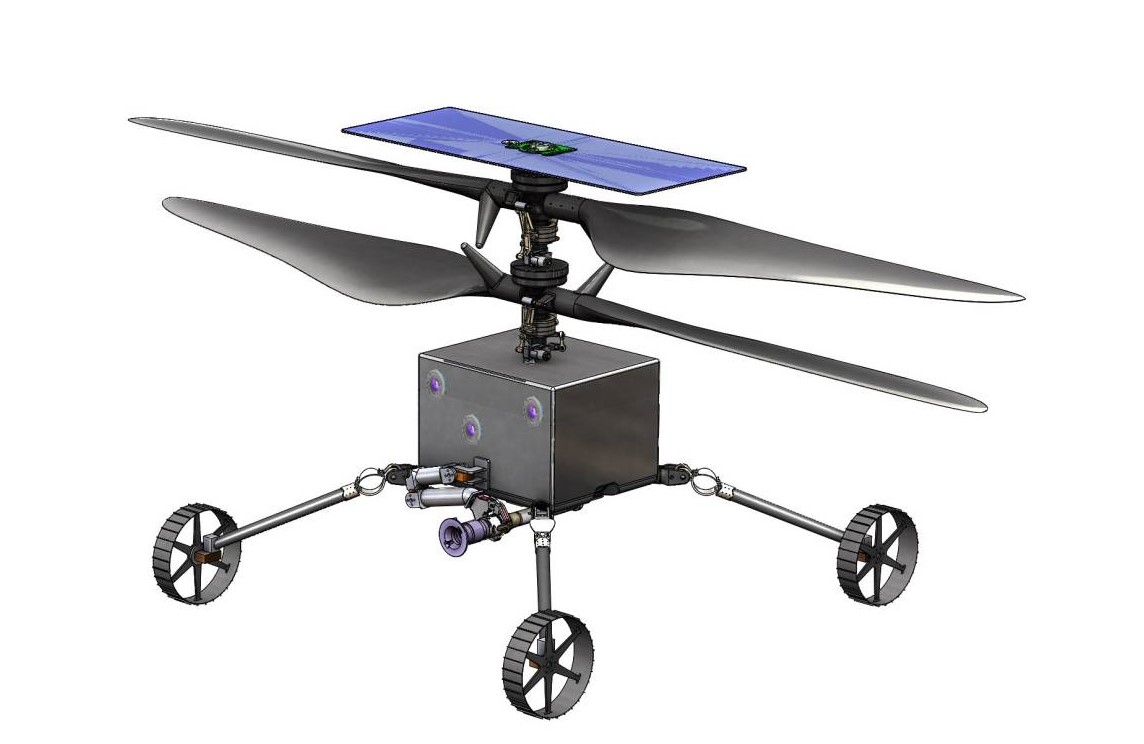
Little air to work with
How challenging is the road ahead?
"Nothing that we do is easy. And this is not easy either. It's hard but we think it is doable, with effort," Grip told Space.com in a post-AAS interview. "The primary challenge here is mass. We have very little air to work with on Mars. That immediately limits the amount of mass that we can carry."
The basic design of a Mars helicopter is backed up by the dozens of Ingenuity flights now under its rotor blades at Jezero Crater. "It will be a matter of adjusting and accommodating new elements to do something more on Mars," Grip said.
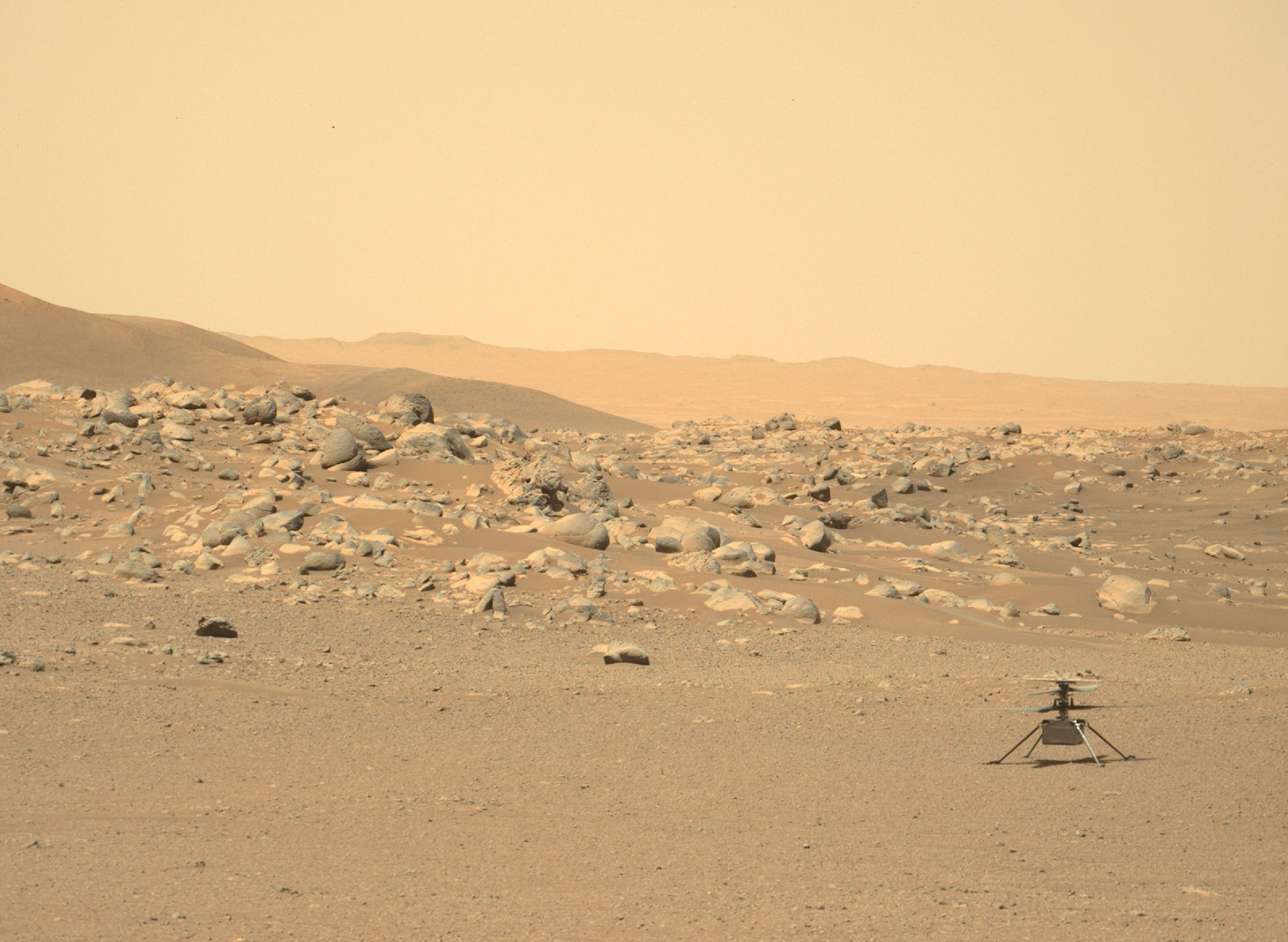
As for the uncertain new elements, each of the Mars Sample Return helicopters would be outfitted with wheels and a small robot arm. "Everything is conceptual," said Grip, adding that the decision to fly this mission is not finalized.
"What we're looking at now is how we can do it," Grip added, referring to the Mars sample return helicopters. "What's fairly clear is that the fundamental rotorcraft configuration and how we control it has been worked out and is heritage that can be relied upon. The new parts will require a lot of work, and that's most likely to change as we go along with the design," Grip added.
Proud pilot
When it comes to Ingenuity airtime on Mars, Grip points with pride to being the chief pilot of the device from the first flight on April 19, 2021 through through number 37. Right before the New Year clocked in, he handed that job off to another person after earning new wings to focus on the Mars Sample Recovery Helicopters task.
"That first flight definitely stands out … a nail bitter. Many of the follow-on flights have new elements to them, like the new flight software to give the helicopter more capability. Some of the more recent flights have really pushed the envelope," Grip said.
"I don't think it ever becomes risk free. So there's always a bit of nervousness waiting for data to come down. But it does become more routine," Grip said, the more often the vehicle flies. However, there's always the mindset of hoping all works as planned, he said.
Still, noting that Ingenuity's pre-hoped-for flights were just five, the Mars helicopter "exceeded everyone's expectations … and certainly mine," Grip said. "The distance that it has put behind it and being used in such productive ways, that's huge."
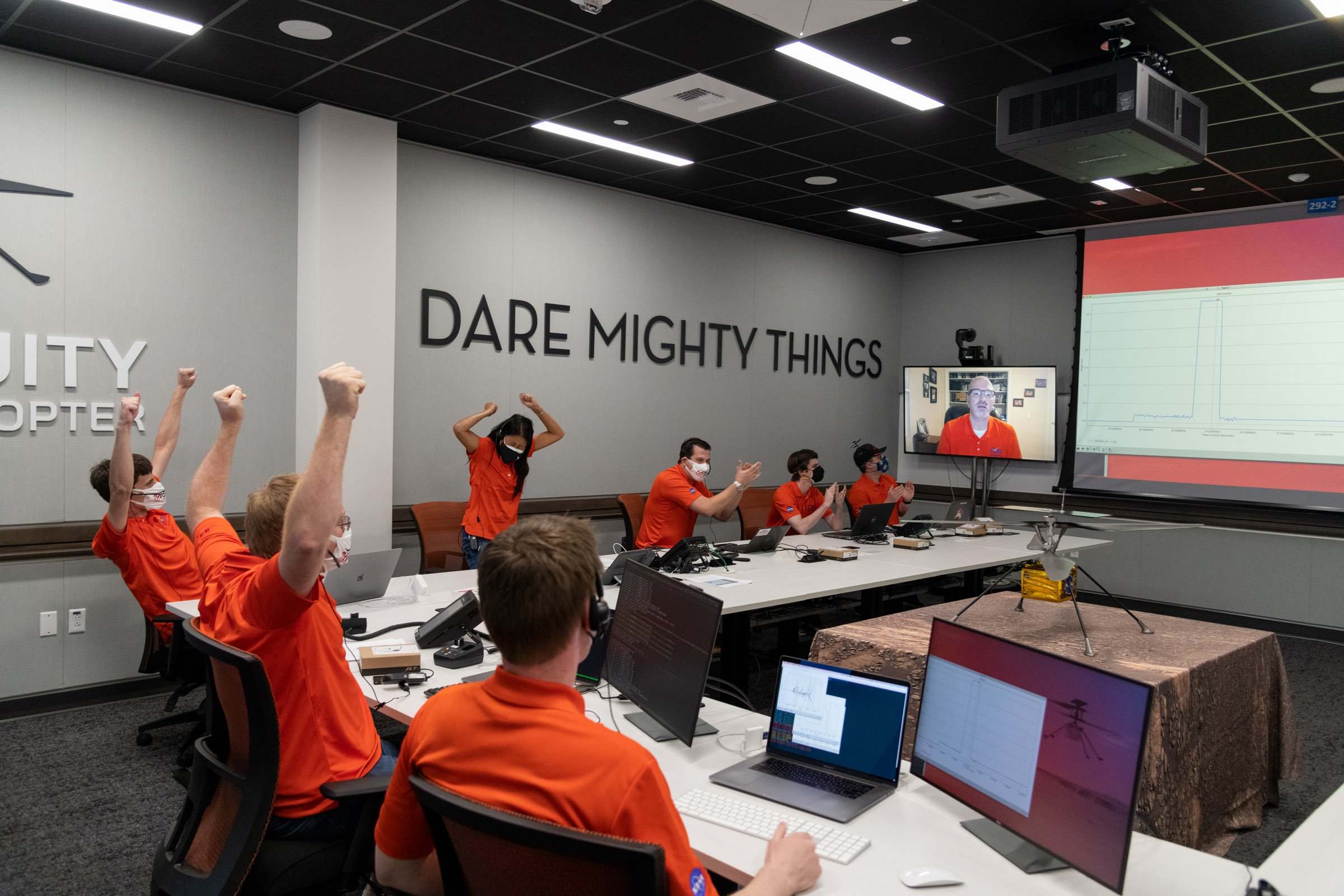
Martian museum
NASA's Perseverance rover at Jezero Crater is a robotic curator of sorts, overseer of a Martian museum of priceless bits and pieces of the aged Red Planet — some of which may hold clues, perhaps evidence, for Mars life.
One such repository for these samples is currently under construction in the Three Forks area on the floor of Jezero Crater. Thanks to the Ingenuity flights over this bit of Mars real-estate, that site is being well-characterized.
"Ingenuity has been tremendously helpful, taking images of the surface in that very region. We've got real data describing what you're going to find at Three Forks," said Grip.
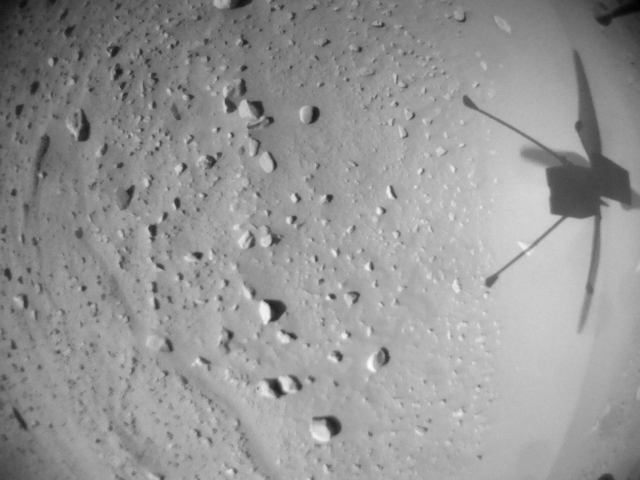
The future of airborne vehicles on Mars is bright, Grip senses, particularly their use as tools for human expeditionary crews. One task would be performing reconnaissance surveys far away from a crew landing spot.
"It's how far your imagination goes," Grip concluded. "The key thing is that we now have a new mobility system that's ready and proven on Mars … and now it is how do you use it?"
Follow us @Spacedotcom, or on Facebook and Instagram.
Join our Space Forums to keep talking space on the latest missions, night sky and more! And if you have a news tip, correction or comment, let us know at: community@space.com.

Leonard David is an award-winning space journalist who has been reporting on space activities for more than 50 years. Currently writing as Space.com's Space Insider Columnist among his other projects, Leonard has authored numerous books on space exploration, Mars missions and more, with his latest being "Moon Rush: The New Space Race" published in 2019 by National Geographic. He also wrote "Mars: Our Future on the Red Planet" released in 2016 by National Geographic. Leonard has served as a correspondent for SpaceNews, Scientific American and Aerospace America for the AIAA. He has received many awards, including the first Ordway Award for Sustained Excellence in Spaceflight History in 2015 at the AAS Wernher von Braun Memorial Symposium. You can find out Leonard's latest project at his website and on Twitter.
-
Redderek What would be forward thinking is that the craft going to Mars to pick up sample tubes, should also carry empty tubes to restock the rover so that the sampling efforts can continue.Reply









